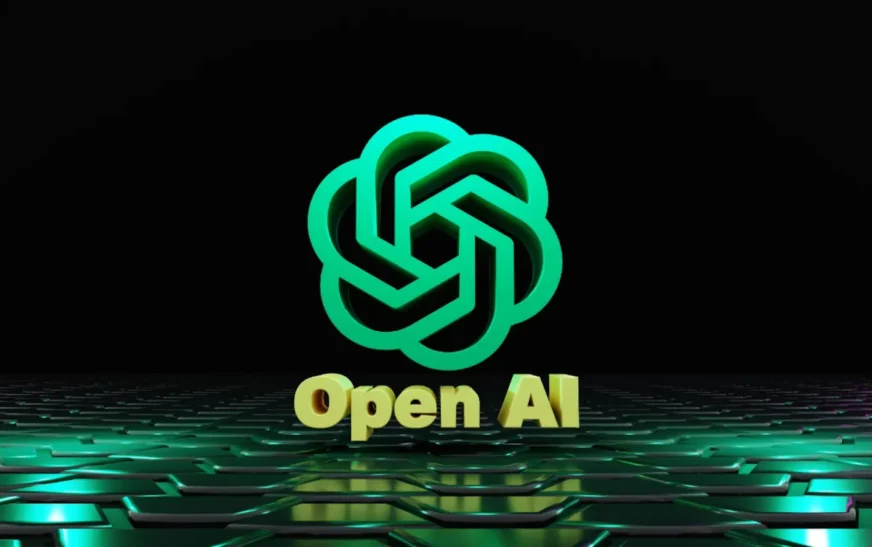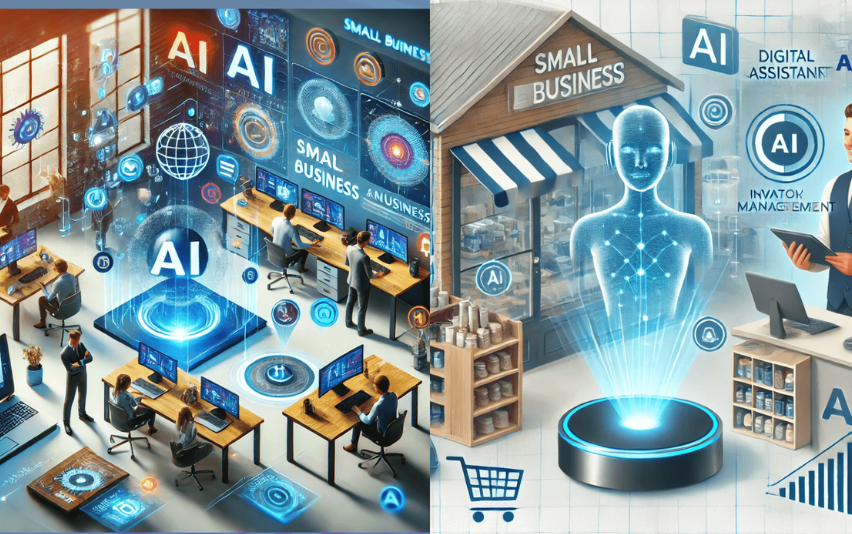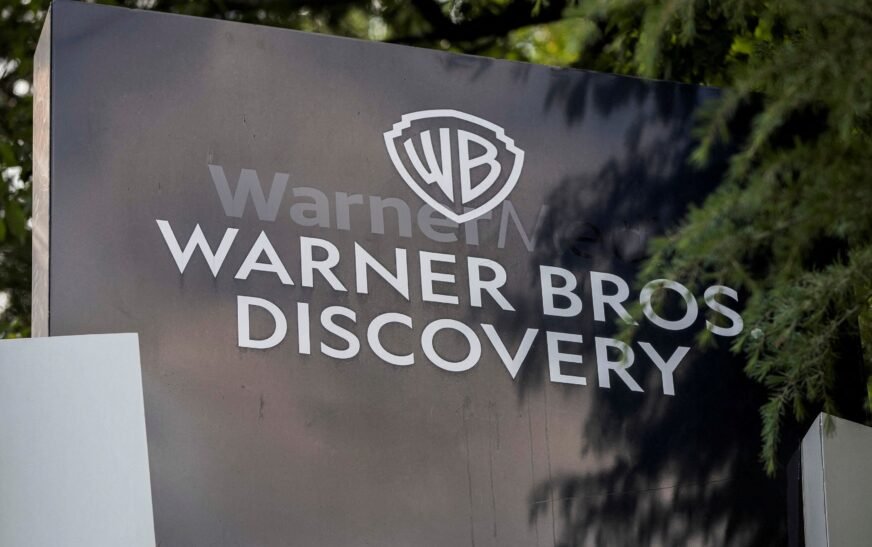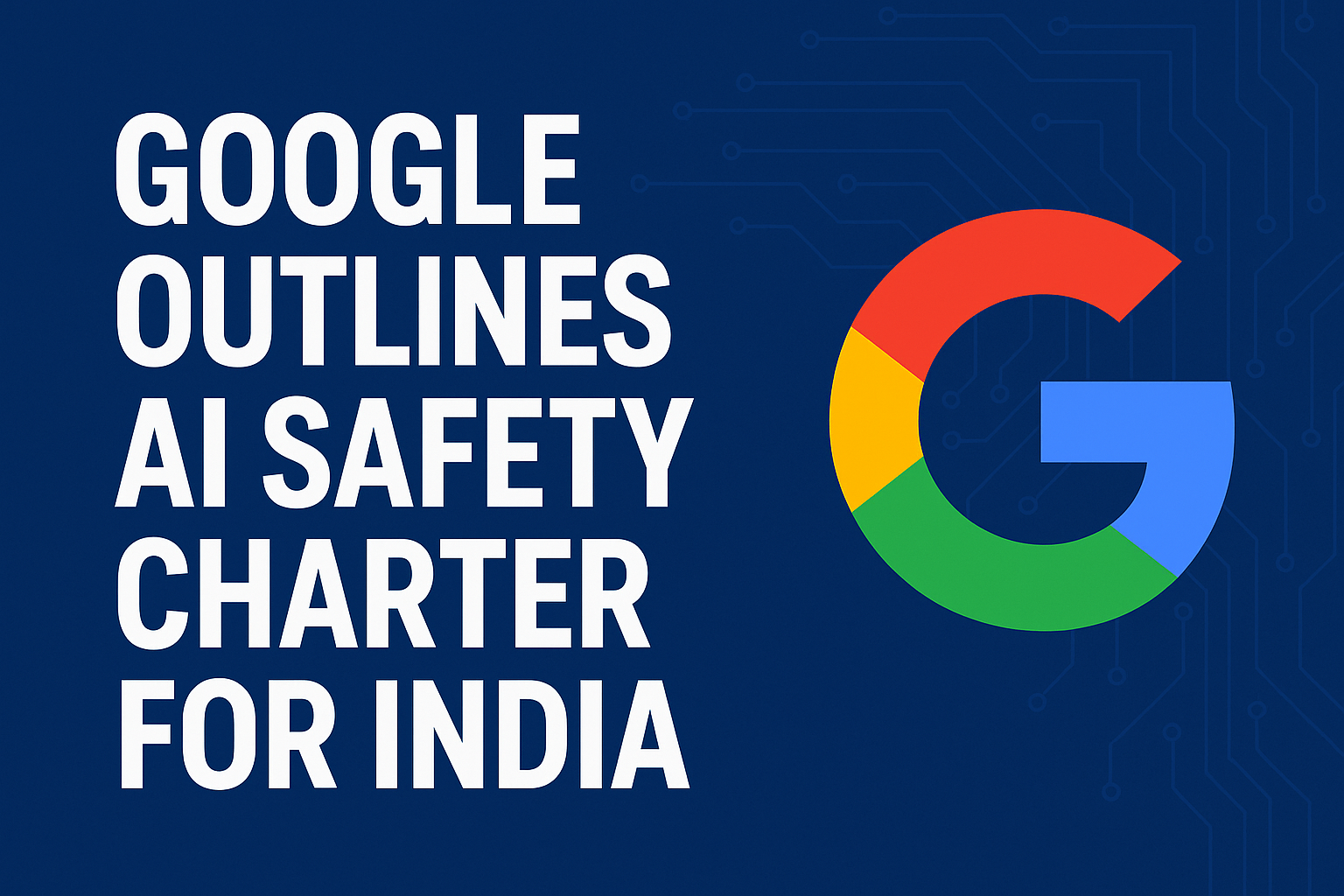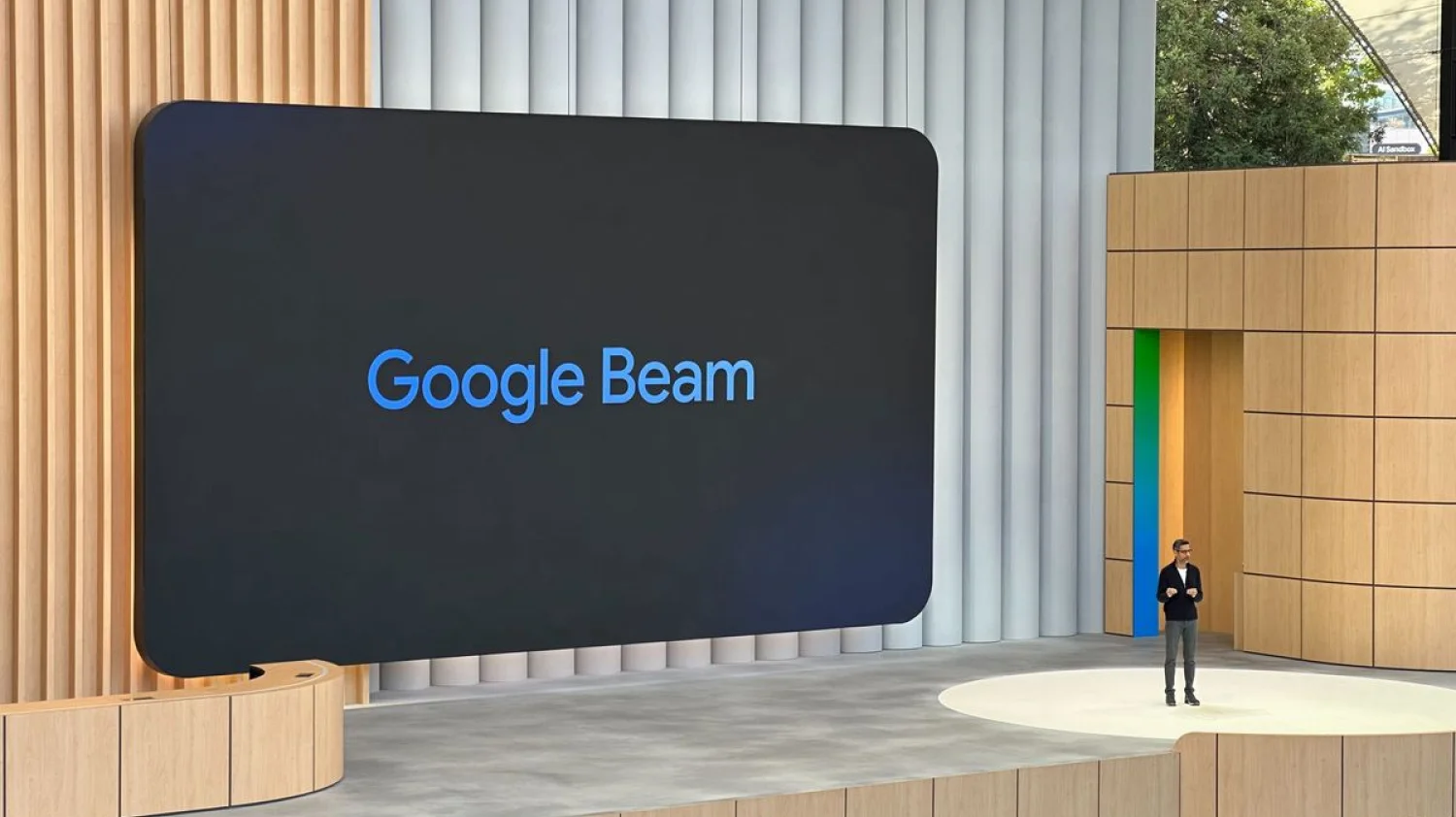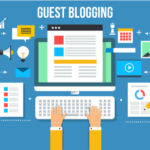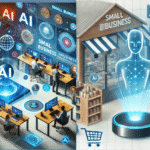In a landmark achievement for the artificial intelligence industry, OpenAI has reported a staggering $10 billion in annual recurring revenue (ARR)—a milestone driven largely by the rapid growth and integration of its flagship product, ChatGPT.
The announcement underscores the global surge in demand for generative AI tools, particularly from businesses seeking automation, productivity, and innovation at scale. It also positions OpenAI as one of the fastest-growing software companies of the decade.
So, how did OpenAI get here? And what does this milestone mean for the future of AI, startups, and enterprise technology?
Let’s break it down.
The Growth Engine: ChatGPT’s Enterprise and API Expansion
From Consumer Tool to Enterprise Workhorse
Since launching in late 2022, ChatGPT has evolved from a viral curiosity to an indispensable productivity tool used by individuals, developers, and businesses worldwide. The release of ChatGPT Plus, followed by ChatGPT Team and Enterprise tiers, created multiple scalable revenue streams.
Today, over 100 million people use ChatGPT weekly, and thousands of companies have integrated its capabilities via API and custom solutions.
ChatGPT API Drives Developer Adoption
Through OpenAI’s API offerings, developers and platforms are embedding GPT-4 capabilities into CRMs, helpdesks, websites, mobile apps, and even internal workflows—powering chatbots, content tools, virtual assistants, and data analysis bots across industries.
This widespread integration has significantly contributed to OpenAI’s $10B ARR milestone.
Business Models That Scaled Fast
OpenAI’s revenue growth is rooted in a multi-pronged business model, including:
- ChatGPT Plus ($20/month) for enhanced access and performance
- ChatGPT Team & Enterprise plans with security, admin, and collaboration features
- API consumption pricing for developers and platforms
- Custom GPTs and marketplace-style GPTs for specific business use cases
- Microsoft Azure OpenAI integration, where businesses use OpenAI models via Azure cloud infrastructure
Each stream targets a different segment—freelancers, startups, SMBs, large enterprises—creating a flywheel of recurring and scalable revenue.
Microsoft’s Role: Strategic Investment & Infrastructure
One of the pivotal enablers of OpenAI’s rise has been its partnership with Microsoft, which invested over $13 billion into the company and integrated OpenAI’s models into:
- Microsoft 365 Copilot
- GitHub Copilot
- Azure OpenAI Service
These tools serve as critical gateways for enterprise clients, and Microsoft’s robust infrastructure ensures secure, compliant, and scalable access to OpenAI’s models.
Global Enterprise Adoption: A Game Changer
OpenAI reports that major companies across finance, healthcare, legal, retail, and education are now using ChatGPT-based tools internally and externally.
Use cases include:
- Automated legal research
- Customer support agents powered by GPT-4
- Financial forecasting and analysis
- E-learning personalization
- Coding copilots and productivity assistants
This shift from consumer novelty to enterprise necessity is what catalyzed OpenAI’s massive recurring revenue growth.
OpenAI’s Differentiation: Why Businesses Are Choosing It
What separates OpenAI from the growing crowd of AI startups and LLM competitors?
- Early Mover Advantage
- Superior Instruction Tuning
- Constant Upgrades (GPT-4-turbo, memory, custom GPTs)
- Enterprise-grade security and admin tools
- Microsoft-backed credibility and global infrastructure
These elements make OpenAI not just an innovator but a dependable vendor for businesses at scale.
The Numbers That Matter
- $10 billion+ ARR from ChatGPT, API, and enterprise
- 100M+ weekly users (as of early 2025)
- 2 million+ developers using OpenAI’s API
- 10,000+ enterprise clients signed up for ChatGPT Team/Enterprise
- 500+ use cases across 20+ industries
Such numbers solidify OpenAI’s position not only as a market leader in AI but also as a benchmark for SaaS companies globally.
Competitive Landscape: Who’s Chasing OpenAI?
While OpenAI leads, competition is heating up:
- Anthropic (Claude)
- Google DeepMind (Gemini)
- Mistral
- Meta’s LLaMA
- xAI (Elon Musk)
Despite this, none have matched OpenAI’s blend of product velocity, business adoption, and developer ecosystem. That said, the next 12–18 months will be critical as companies explore multi-model strategies to avoid vendor lock-in.
ChatGPT’s Role in Everyday Workflows
The widespread use of ChatGPT has reshaped how people work:
- Writers brainstorm content
- Students summarize readings
- Developers debug and write code
- Executives generate reports
- Marketers analyze trends
- HR teams screen resumes and generate training guides
This blend of utility, reliability, and scale is rare—and highly monetizable.
What’s Next for OpenAI?
OpenAI is just getting started. According to sources, future initiatives include:
- GPT-5 training underway with enhanced reasoning
- Voice, video, and multimodal GPTs
- Custom GPT app marketplace monetization
- Expansion into AI hardware or embedded devices
- Deeper vertical SaaS integrations (e.g., healthcare, law, education)
With this roadmap, $10 billion ARR might soon feel like a stepping stone.
What This Means for Businesses
OpenAI’s $10 billion ARR milestone confirms a few key trends:
- Generative AI is not hype—it’s a sustainable, scalable business.
- Enterprises are betting big on AI-powered transformation.
- APIs and AI integrations are now a core part of tech strategy, not an add-on.
- Investors will continue to pour billions into AI infrastructure and startups.
If you’re not embedding AI into your business yet, the time to start was yesterday.
Final Thoughts
OpenAI’s rise from a nonprofit research lab to a $10 billion ARR juggernaut is a testament to visionary product strategy, enterprise alignment, and relentless innovation.
As ChatGPT becomes the default AI assistant for professionals worldwide and the backbone for developers and SaaS companies, OpenAI isn’t just changing technology—it’s redefining the way businesses work.
For anyone in tech, marketing, or enterprise leadership, the message is clear: the AI-first future is already here—OpenAI is just showing us how to monetize it.

